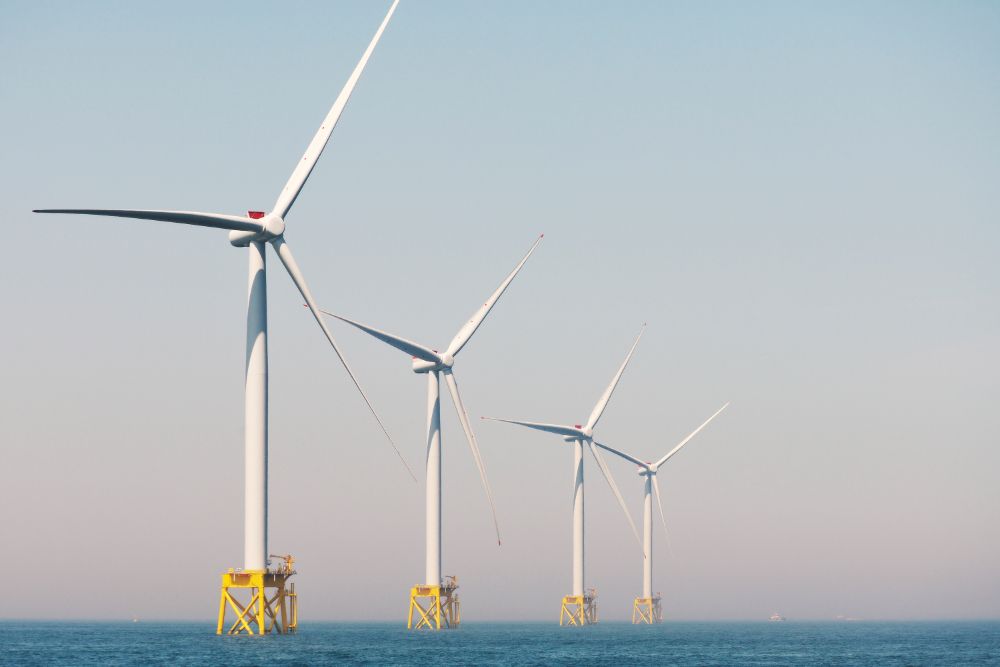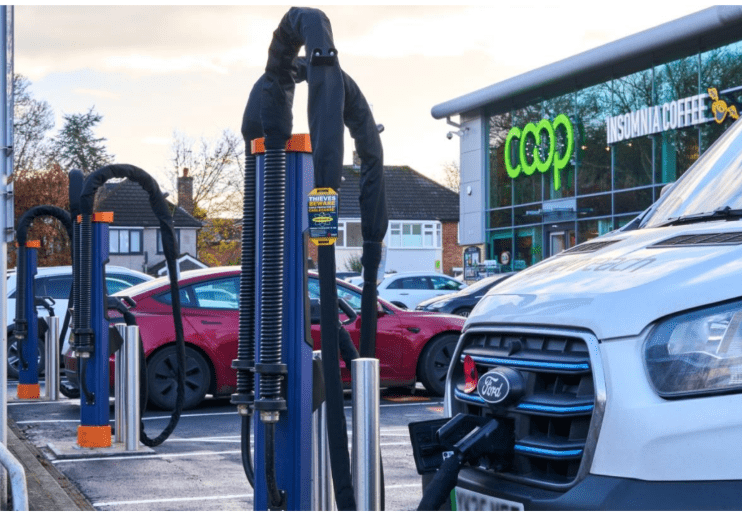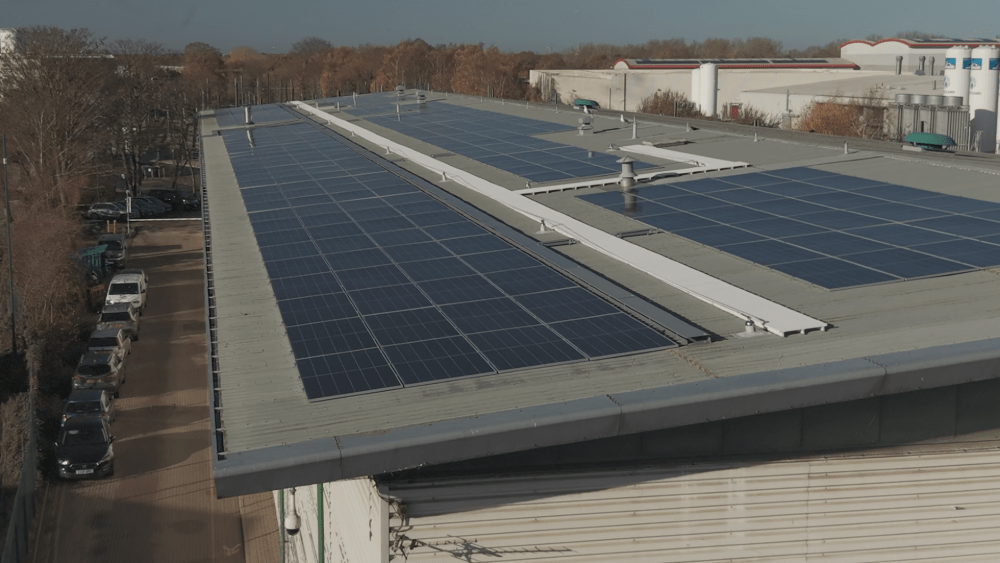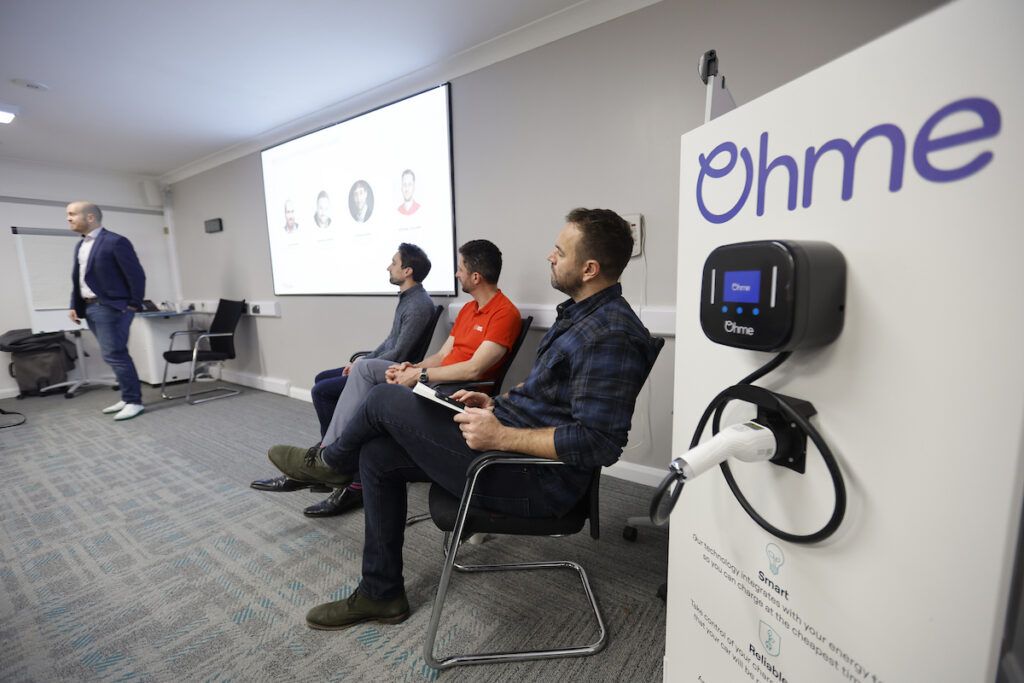Paul Stith, Associate Vice President, Global Transportation Initiatives – Strategic Growth at Black & Veatch discusses the development of hub fleet charging and fuelling infrastructure.
Keynote speakers at the Advanced Clean Transportation (ACT) Expo were in agreement, to get to zero emissions fleets, multiple solutions will be necessary. ACT Expo is the largest advanced transportation technology and clean fleet conference in North America; the keynote speakers included senior executives from industry-leading companies Penske Transportation Solutions, Daimler Truck North America and Shell. Carlos Maurer – the latter company’s executive vice-president, sectors and decarbonisation – noted that “Hydrogen will need to be part of the mix if the world wants to meet the Paris Agreement.” While ACT is a North American event, the sentiments expressed by the keynote speakers is applicable to any region seeking to decarbonise commercial vehicle fleets.
The multiple solutions approach advocated at ACT Expo is embodied in a hub strategy for zero emissions fleet charging and fuelling infrastructure. Adopting a multi-energy hub concept allows a phased approach to fleet decarbonisation; using existing energy pathways as part of the transition, while leaving the door open for the integration of emerging or maturing technologies as they start to offer a more competitive levelised cost of energy.
As more organisations begin to decarbonise, competition for electrons from utilities and energy companies will increase. Over time, properly planned and executed hub infrastructure projects, combining multiple energy sources with energy storage, should deliver a future state of monetised low-cost energy, balanced supply and demand, predictable performance, and resilience.
This phased approach to building the infrastructure allows for new technologies to be added as they become more affordable and advanced, and as older technologies age. An example is the future transition from natural gas to hydrogen as a transportation fuel source. Tracking the cost-effectiveness of these types of transitions and building signposts into the hub technology plan will allow an organisation to evaluate potential fuelling options for each phase of fleet transition.
A multi-energy hub approach diversifies energy sources to match route conditions, weather and range, and allows for a variety of vehicle technologies. Within the hub, battery energy storage and hydrogen storage balance energy fluctuations, mitigate intermittency from renewables, and provide continuous energy: in short, energy autonomy.
Using multiple sources of energy coordinated to meet the needs of a fleet can also help shield owners and operators from spiking energy costs and capacity constraints by providing a flexible framework for the delivery of sustainable energy at the lowest cost and at the time it is needed. In addition, the ability to store energy can provide the opportunity for additional revenue streams by allowing for support of ancillary services.
While multiple hub business models are possible, two key models, user-owned and as-a-service are likely to be the most common. For the former business model, the primary benefits to the owner would be avoided cost of fleet refuelling; with the use of electricity storage allowing the fleet owner to partially decouple its electricity cost from intra-day variations in the tariff. For the as-a-service business model primary owner benefits are revenue collected from licensed hub users. Through both models, hub owners can charge their electricity storage when the cost of electricity (as produced or procured) is the lowest.
Decarbonisation requires a fundamental shift in fleet operations. This shift is an opportunity to benefit from a holistic view of mobility – one that includes energy generation and sourcing. Site planning needs to embody this principle because today’s zero emissions vehicle design decisions impact tomorrow’s longevity, scalability for future growth, and bottom-line cost-efficiency.
As manufacturers increase production of zero emissions vehicles, and fleets grow from a handful of vehicles to hundreds, regardless of the charging and fuelling infrastructure model operators and owners opt for, the most important thing is that they plan early, even before the first vehicles are ordered. Doing so will ensure that clean energy needs can scale alongside the vehicles and that fleets have their choice of the cleanest, lowest cost power source at any moment. Beginning with the end in mind by implementing a phased plan to meet long term objectives will contribute to a no-regrets strategy for energy transition.
Image courtesy of Black & Veatch.








